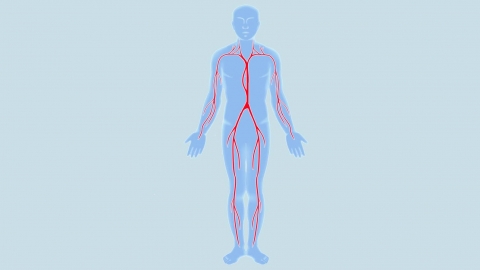What does impaired nerve reflex capacity mean?
Impairment of neurological reflexes may indicate motor nerve injury, sensory pathway disorders, involvement of the pyramidal tract, autonomic nervous dysfunction, or nerve root compression. If concerns arise, early medical consultation is recommended. Detailed analysis is as follows:

1. Localization of motor nerve injury: Hyperactive or diminished deep reflexes can localize lesions along the motor nerve pathways. For example, reduced biceps reflex suggests C5-C6 nerve root pathology, hyperactive knee reflex indicates upper motor neuron injury, while absent reflexes may imply peripheral nerve rupture or spinal shock.
2. Assessment of sensory pathway integrity: Disappearance of superficial reflexes indicates sensory nerve conduction impairment. For instance, patients with diabetic peripheral neuropathy often exhibit delayed or absent ankle reflexes accompanied by diminished vibration sensation; patients with tabes dorsalis show absent abdominal reflexes but preserved deep reflexes, resulting in a characteristic reflex dissociation phenomenon.
3. Pyramidal tract dysfunction: Positive pathological reflexes indicate damage to the pyramidal tract. Unilateral positivity in adults suggests stroke or brain tumor, while persistent positivity during infancy warrants suspicion of cerebral palsy; a positive Hoffman's sign is commonly seen in patients with cervical cord lesions or amyotrophic lateral sclerosis.
4. Autonomic regulatory dysfunction: Skin scratch test indicates increased sympathetic excitability, as seen in anxiety disorders or hyperthyroidism; orthostatic hypotension combined with unchanged heart rate suggests interruption of the autonomic reflex arc, commonly observed in multiple system atrophy.
5. Nerve root compression syndrome: A positive Lasegue's sign indicates compression of the sciatic nerve root; a positive Kernig's sign combined with nuchal rigidity warrants suspicion of meningitis. Nerve root irritation can also cause hyperactive reflexes, indicating spinal cord or nerve root inflammation.
Maintaining a positive mindset and optimistic emotions can help promote nerve recovery and improve quality of life. Additionally, patients should follow medical advice for rehabilitation therapy and exercise.
References:
[1] Ren Dongfang. Three cases of identification of craniocerebral injury [C]//Chinese Society of Forensic Medicine. Abstracts of the 7th National Forensic Medicine Academic Conference. Shenyang Railway Transport Procuratorate; 2004:191-192.
[2] Wang Yang. Study on the effects of iron supplementation during pregnancy and lactation on iron overload and neuroreflex and learning-memory abilities in offspring rats [D]. Qingdao University, 2015.




